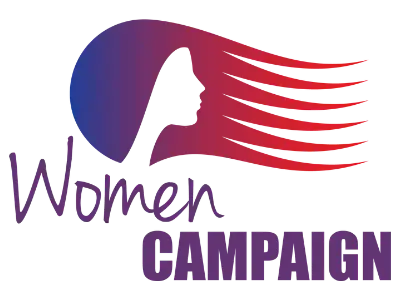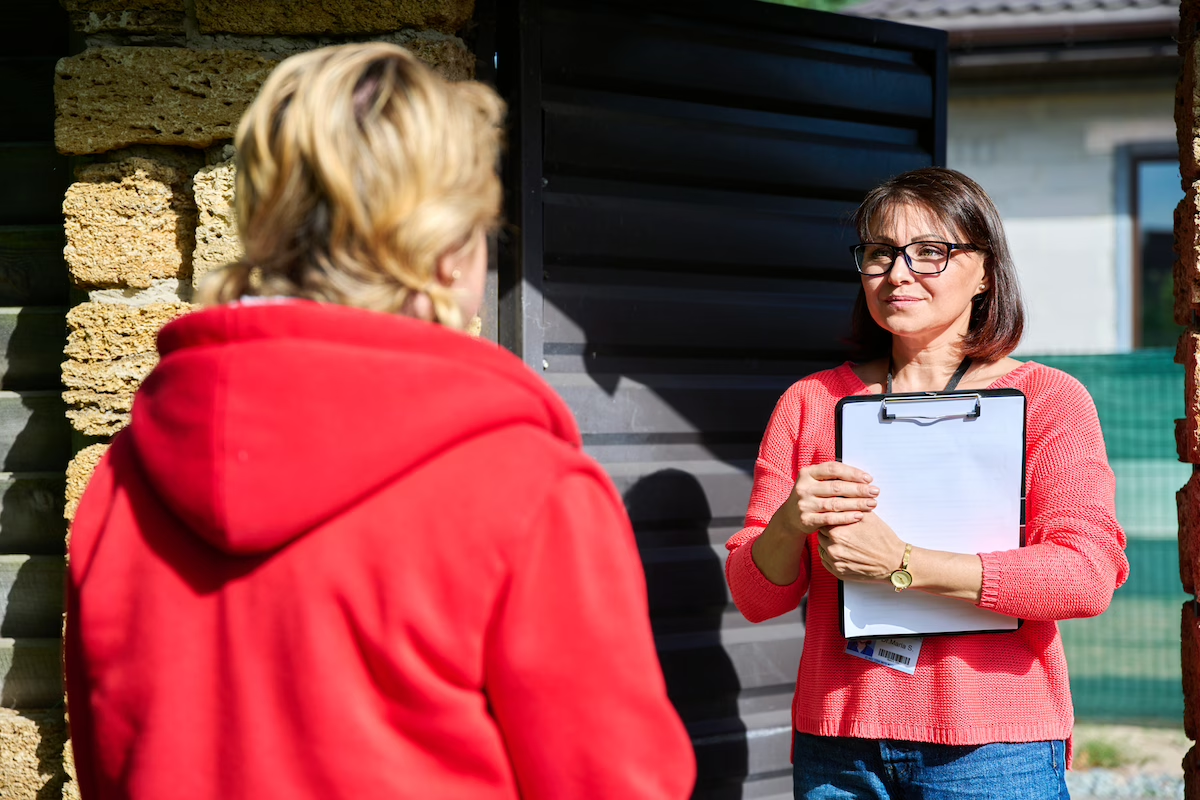TL;DR
Building an effective campaign team structure involves clearly defining roles such as campaign manager, communications director, finance director, field director, digital director, policy advisor, and volunteer coordinator. Success depends on fostering collaboration, maintaining flexible operations, and ensuring seamless communication. A strong, cohesive team that adapts to challenges and works towards a common goal is key to a successful campaign.
In the dynamic world of politics and business, a well-organized campaign team is crucial for success. Whether you are running for office or launching a business initiative, the structure of your campaign team can significantly influence the outcome. This blog post explores the essential elements of a robust campaign team structure, offering insights into the roles and responsibilities that drive a successful campaign.
The Foundation of a Campaign Team Structure
A campaign team is akin to a well-oiled machine, where each component must work seamlessly to achieve a common goal. The foundation of this structure lies in clear roles, effective communication, and a shared vision. Here’s a breakdown of the key positions within a campaign team and their functions:
Campaign Manager
The linchpin of any campaign, the campaign manager oversees all operations, making critical decisions and ensuring the campaign stays on track. This role requires strong leadership, strategic thinking, and the ability to manage diverse personalities and tasks.
Communications Director
Responsible for crafting the campaign’s message and maintaining its public image, the communications director handles media relations, social media strategy, and overall messaging. This role demands excellent communication skills and a keen understanding of media dynamics.
Finance Director
Campaigns need funding, and the finance director is in charge of fundraising efforts. This includes planning fundraising events, managing donor relationships, and ensuring compliance with financial regulations. An effective finance director combines financial acumen with persuasive communication.
Field Director
The ground game is crucial in any campaign, and the field director manages grassroots efforts, including volunteer coordination, canvassing, and voter outreach. This role requires organizational skills and the ability to motivate and manage volunteers.
Digital Director
In the digital age, a campaign’s online presence is paramount. The digital director oversees the campaign’s website, social media platforms, email marketing, and online advertising. This role necessitates a deep understanding of digital marketing strategies and analytics.
Policy Advisor
Ensuring the candidate or initiative is well-informed on key issues, the policy advisor conducts research, develops policy positions, and prepares briefing materials. This role requires analytical skills and expertise in relevant policy areas.
Volunteer Coordinator
Volunteers are the lifeblood of many campaigns, and the volunteer coordinator recruits, trains, and manages these individuals. This role involves strong interpersonal skills and the ability to inspire and organize a diverse group of people.
Creating a Cohesive Team
Building a cohesive campaign team goes beyond assigning roles. It involves fostering a collaborative environment where team members communicate effectively and work towards a common goal. Here are some strategies to ensure your team functions harmoniously:
- Regular Meetings: Schedule regular team meetings to discuss progress, address challenges, and align on strategy. These meetings should encourage open communication and collaborative problem-solving.
- Clear Communication Channels: Establish clear communication channels to ensure information flows seamlessly. This can include project management tools, group messaging apps, and regular email updates.
- Defined Goals and Objectives: Set clear, measurable goals for each team member and the campaign as a whole. This ensures everyone understands their responsibilities and how their work contributes to the overall success.
- Team-Building Activities: Foster a sense of camaraderie through team-building activities. This can help build trust and improve collaboration among team members.
Adapting to Challenges in Your Campaign Team Structure
Campaigns are dynamic and often face unexpected challenges. A flexible team structure allows for quick adaptation to changing circumstances. Here are some tips for maintaining flexibility:
- Cross-Training: Encourage team members to learn about other roles within the campaign. This can provide valuable backup in case someone is unavailable and can foster a more versatile team.
- Scenario Planning: Regularly conduct scenario planning sessions to anticipate potential challenges and develop strategies to address them. This proactive approach can help the team stay prepared and resilient.
- Feedback Loop: Establish a feedback loop where team members can share insights and suggestions. This continuous improvement process can help identify and address issues promptly.
An effective campaign team structure is the backbone of any successful campaign. By clearly defining roles, fostering collaboration, and maintaining flexibility, you can build a team that is capable of navigating the complexities of a campaign and achieving its goals. Remember, the strength of your team lies in its ability to work together towards a shared vision, overcoming challenges with resilience and determination.
Building an effective campaign team is not just about assembling a group of skilled individuals but about creating a cohesive unit that works in harmony towards a common objective. With the right structure and strategies in place, your campaign can stand out, make a significant impact, and ultimately achieve success.





